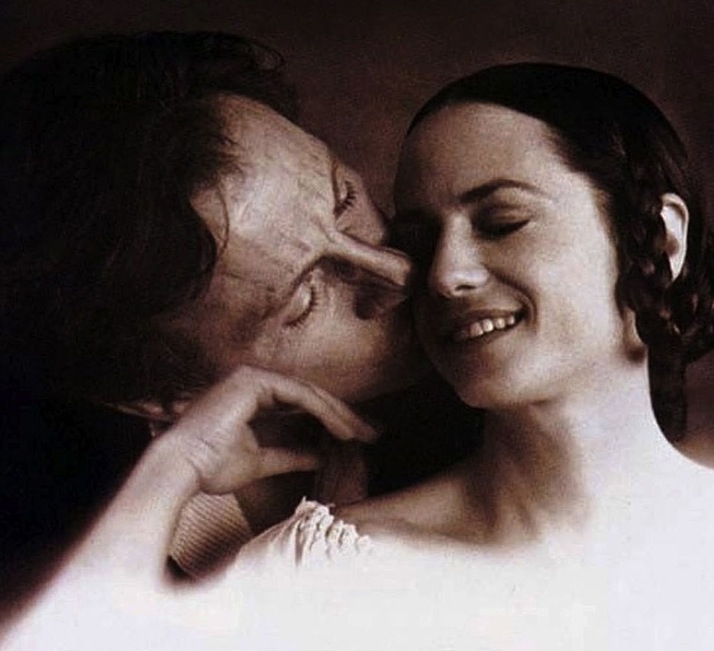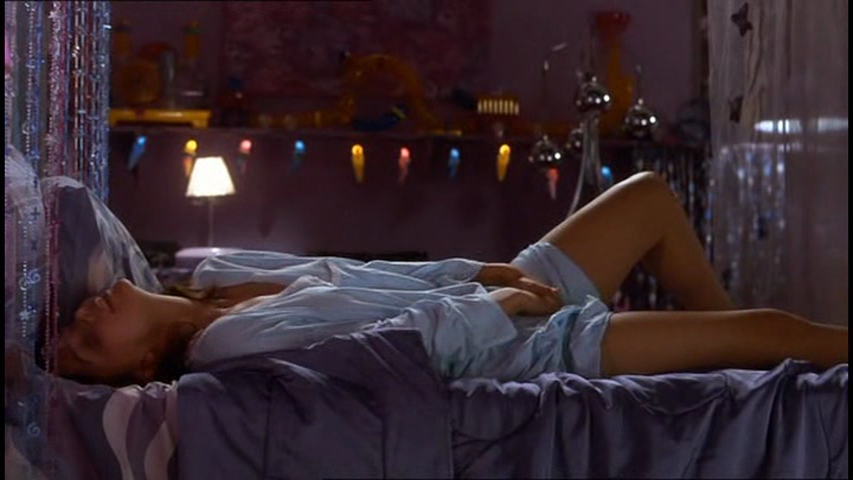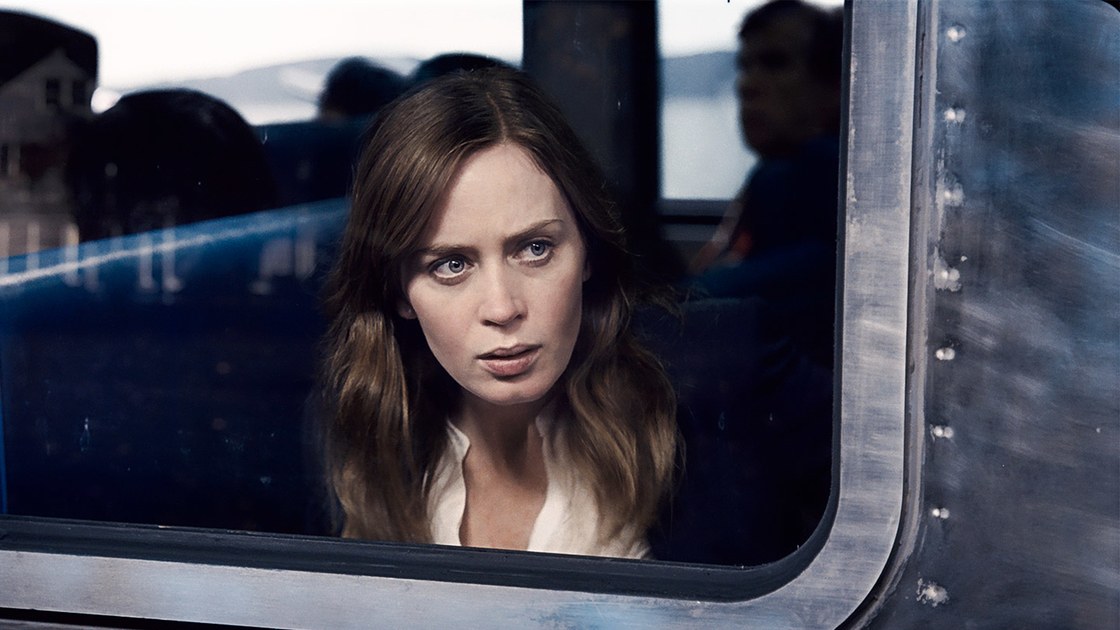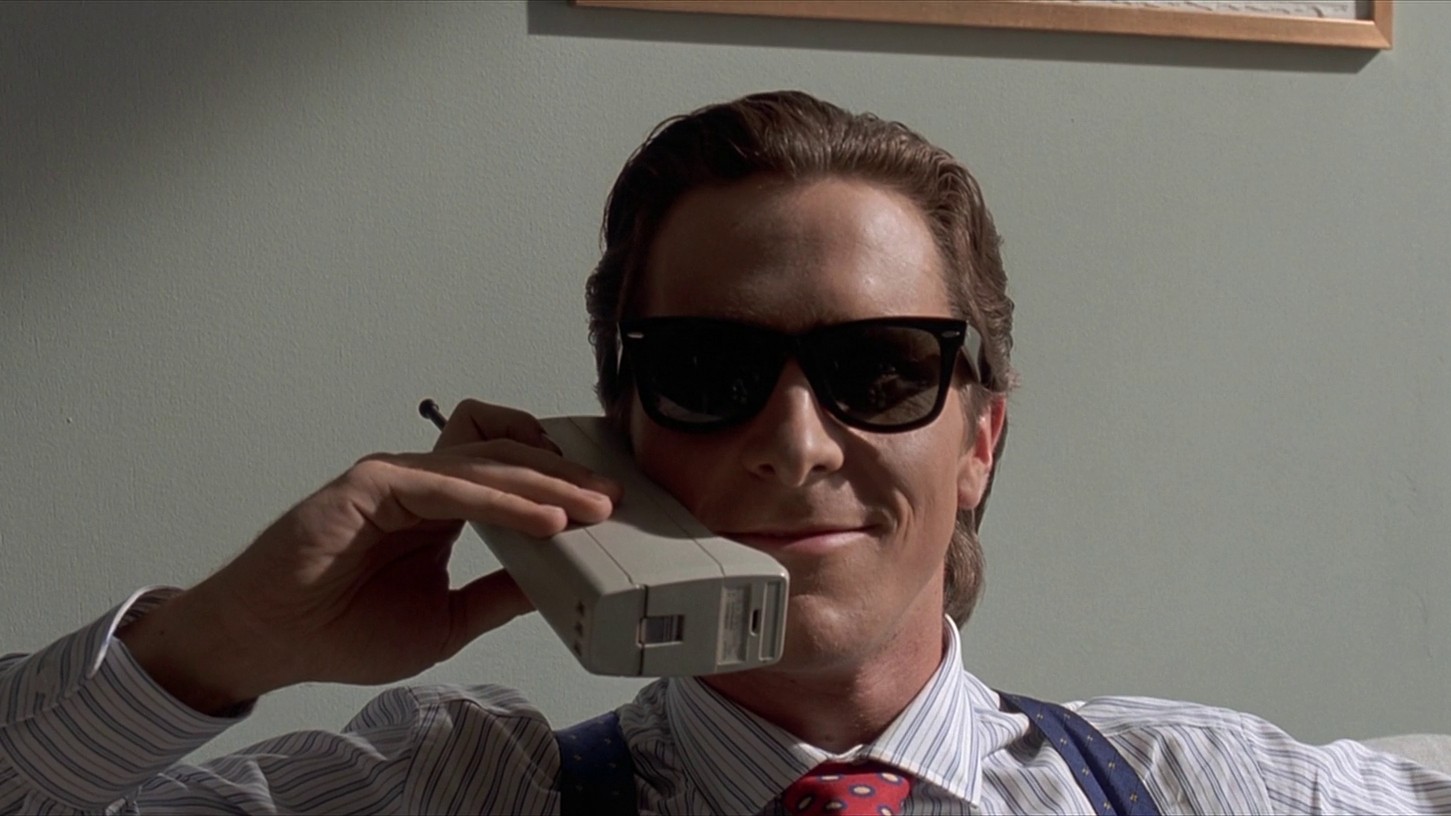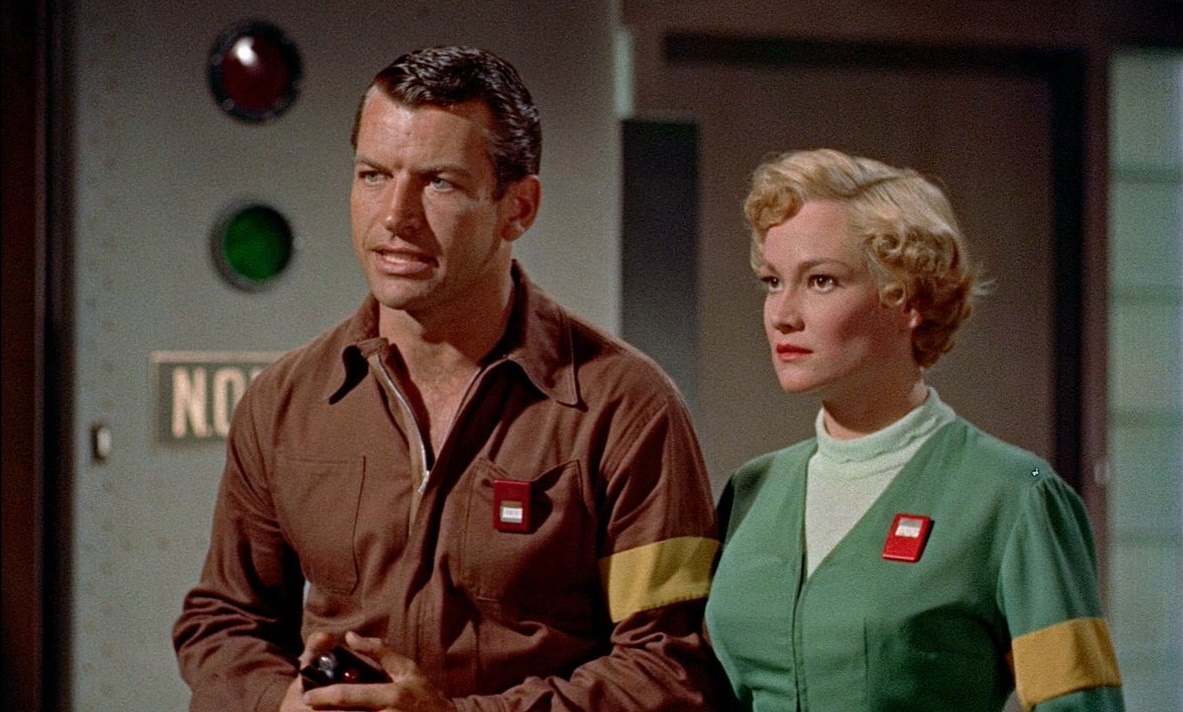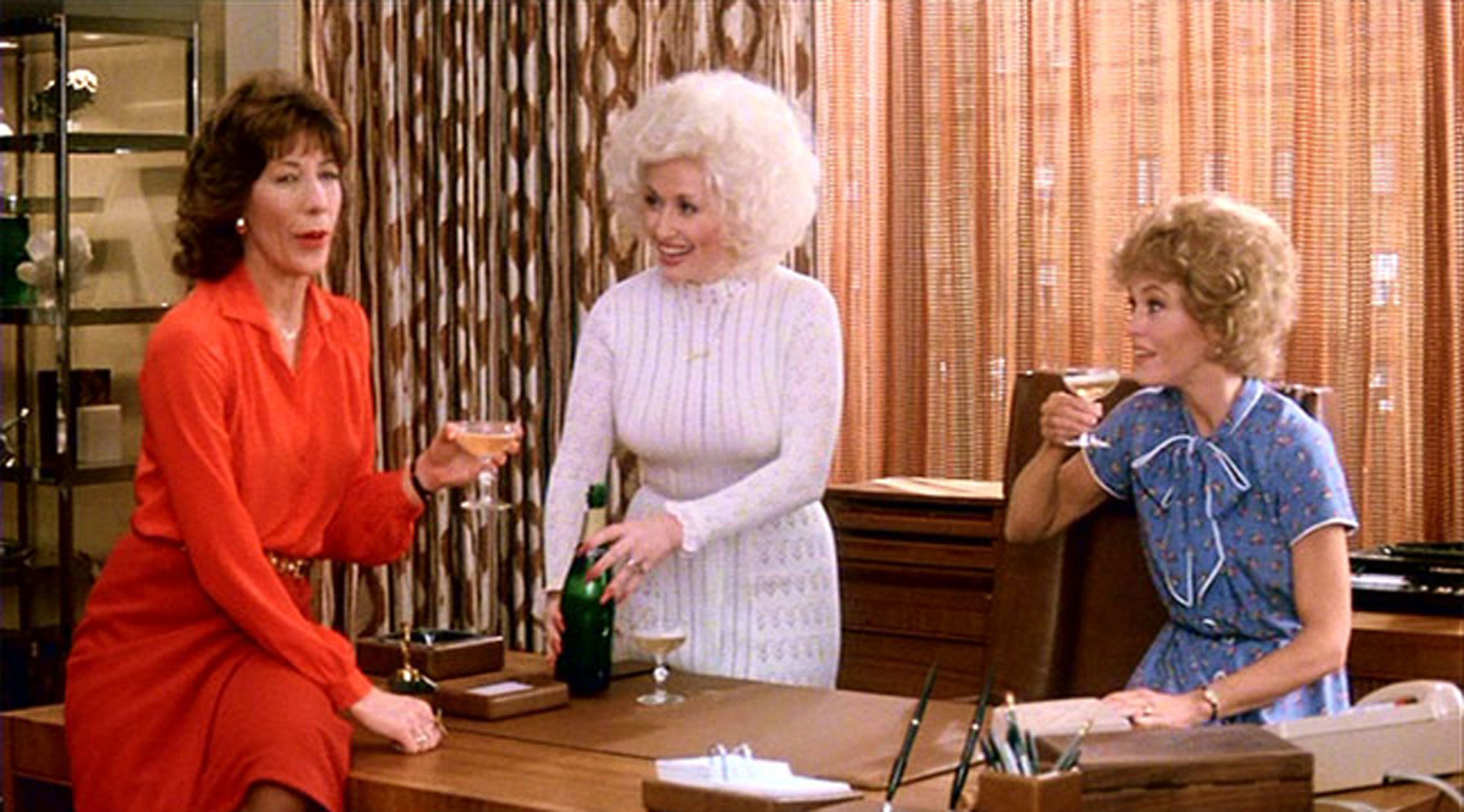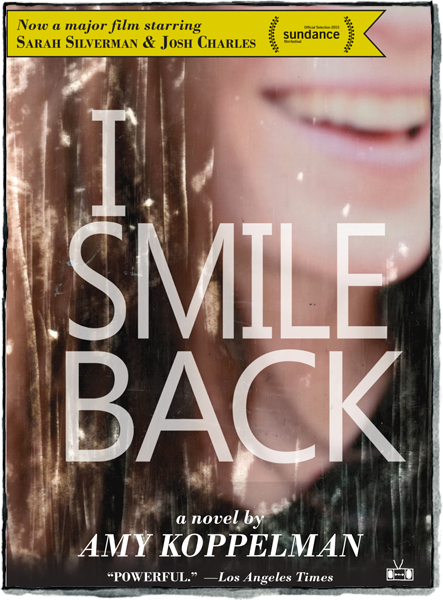Clitoral Readings of ‘The Piano,’ ‘Turn Me On, Dammit,’ and ‘Secretary’
But how can female arousal be visually expressed? If women stereotypically prefer to read literary erotica over watching porn, with erotica’s descriptions of the interior sensations of female arousal, is that because many women imagine that female performers of porn are uncomfortably simulating their pleasure? Can there be a clitoral cinema of female arousal, and what would it look like?
